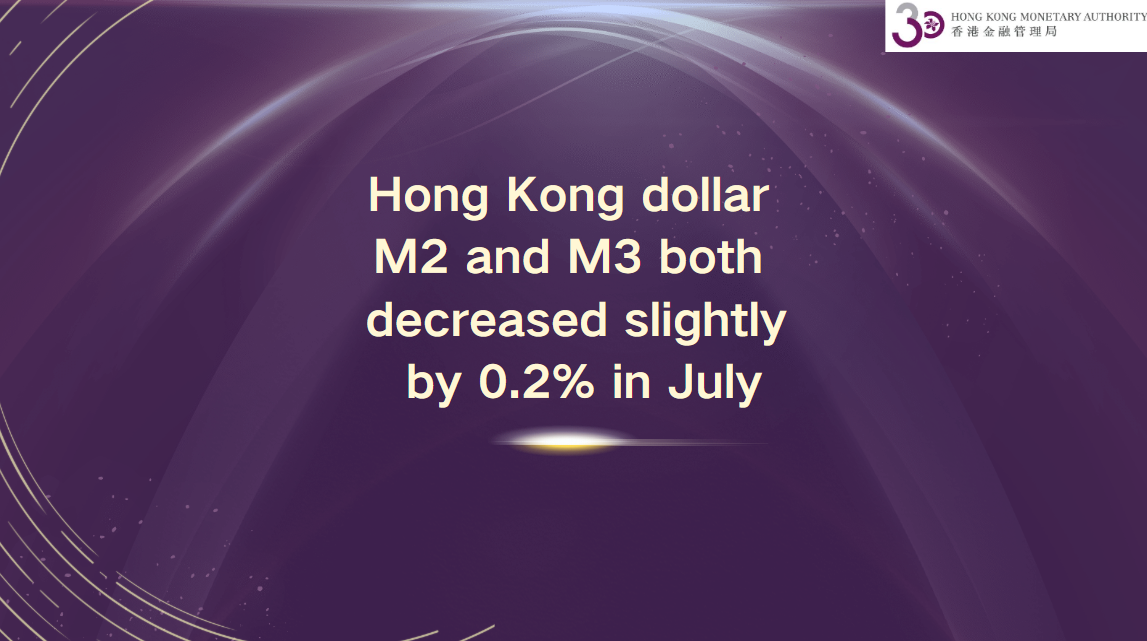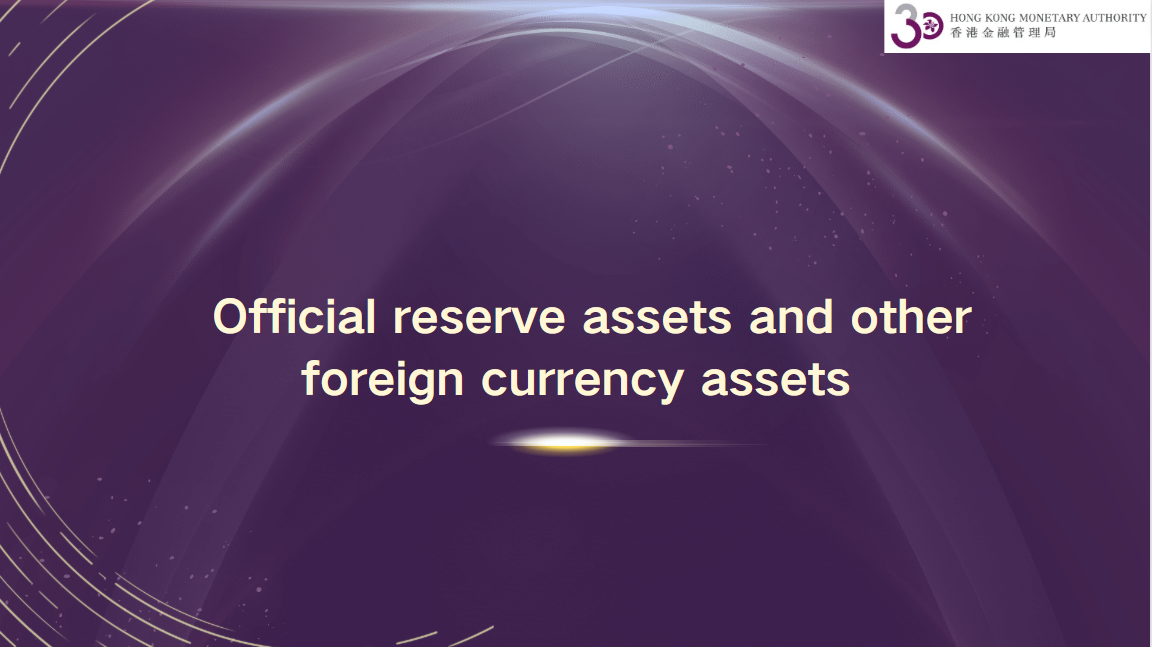Streamlined trade services to be expanded
China's Customs authorities will expand the functionality of the "single window system" and enable more exporters to benefit from free trade deals, putting the country's economic growth on a firmer footing, said officials on Thursday.
The "single window system" is a metaphor for streamlined administration efforts, and means that all export and import procedures can be done in one stop, a trade policy that facilitates cargo clearance.
Dang Xiaohong, deputy director-general of the national office of port administration at the General Administration of Customs, said apart from signing a memorandum of cooperation on the "single window system" with Iran earlier this year, China is implementing the framework agreement for cooperation of this mechanism with Pakistan and Mongolia. The government will promote cooperation of this system with countries including Singapore, Thailand and Belarus this year.
Speaking at a news conference in Beijing, Dang said the government will continue to deepen regional logistics integration to help both exporters and importers save operational costs, especially in the Yangtze River Delta and the Pearl River Delta regions.
For example, Shanghai has coordinated the integrated development between its economic zones and ports, including inland river ports along the Yangtze River and the coastal ports of the Yangtze River Delta. This approach facilitates flexible cargo loading and unloading operations, resulting in cost savings ranging from 100 yuan ($13.72) to 400 yuan per container each time this year.
As China's foreign trade undergoes green transformation, with traditional export categories giving way to tech-intensive, environmentally friendly products, such as new energy vehicles and solar cells, Dang stated that the GAC will actively promote the growth of cross-border rail services, such as the China-Europe freight train service and the New International Land-Sea Trade Corridor, to boost the country's exports of high value-added products.
Launched in 2017, the land-sea corridor is a trade and logistics passage that was jointly built by province-level regions in western China and member economies of the Association of Southeast Asian Nations. It is also one of the key projects of the Belt and Road Initiative.
In addition to utilizing the existing regular freight train services, the administration will support the operations of specialized train services for automobile transportation, refrigerated goods and certain types of cargo.
"We will also enhance the efficiency of issuing certificates of origin under the rules of the Regional Comprehensive Economic Partnership pact, continuously unleashing the dividends of RCEP-related preferential policies, and ensuring that Chinese companies fully benefit from and enjoy the advantages of preferential policies under various free trade deals," said Dang.
Facing weak global demand for production, consumption and investment, and "decoupling" or "de-risking" moves from certain countries, China has taken further steps to help companies secure orders and expand their markets, including hosting trade expos, increasing the numbers of international flights and facilitating visas for foreign businesspeople.
Liu Hong, deputy head of the GAC's Guangdong sub-administration, which is responsible for coordinating Customs work with a total of 14 southern, central and southwestern regions of the country, said the sub-administration, in collaboration with Customs authorities within Guangdong, will actively advance port reform pilot projects within the Guangdong-Hong Kong-Macao Greater Bay Area in the next step.
Under its plan, Guangdong's major port groups, including Guangzhou Port Group and Shenzhen Yantian Port Group, will play the role of hub ports, while the abundant sources of goods from various inland river terminals along the Pearl River will act as feeder ports. These two components will be integrated as a whole, treating the transshipment of goods between different ports as internal reallocation within the port cluster, said Liu.






















































First, please LoginComment After ~